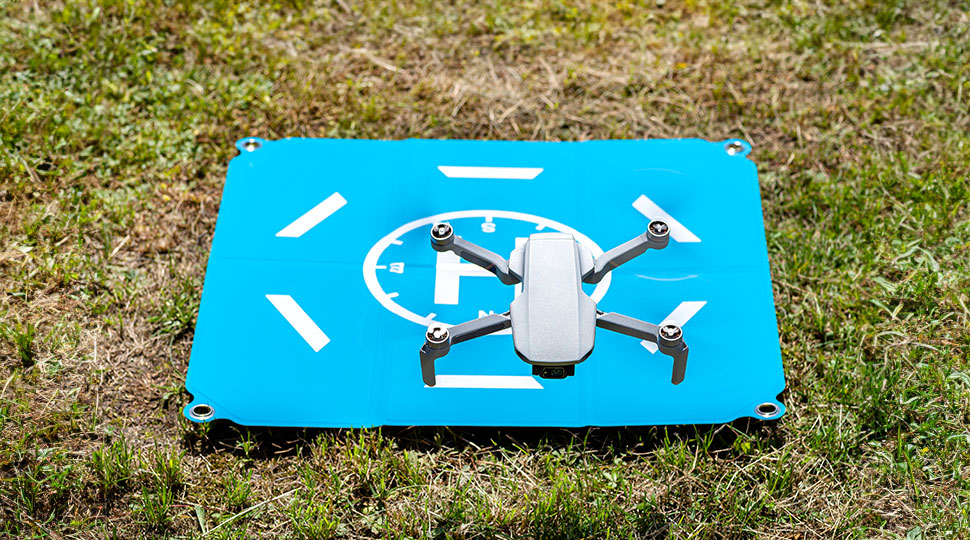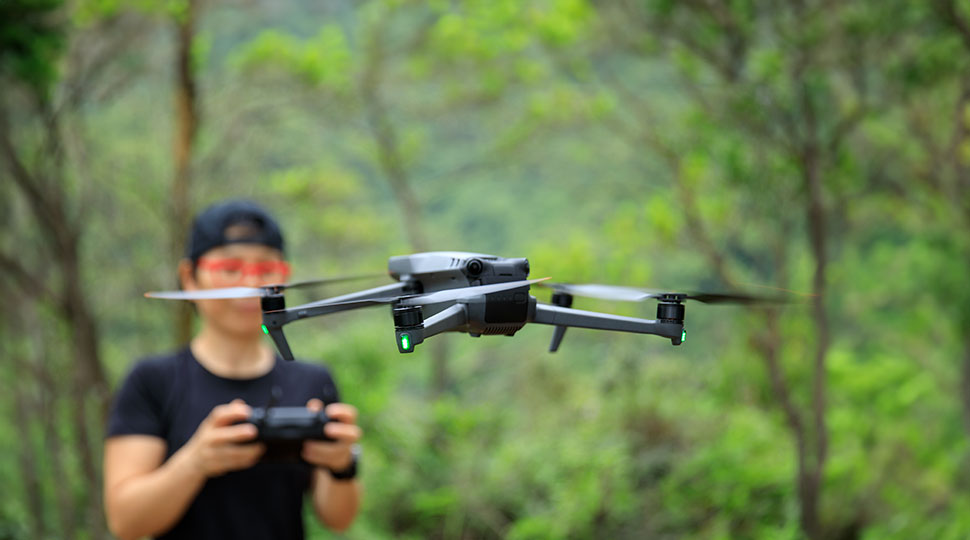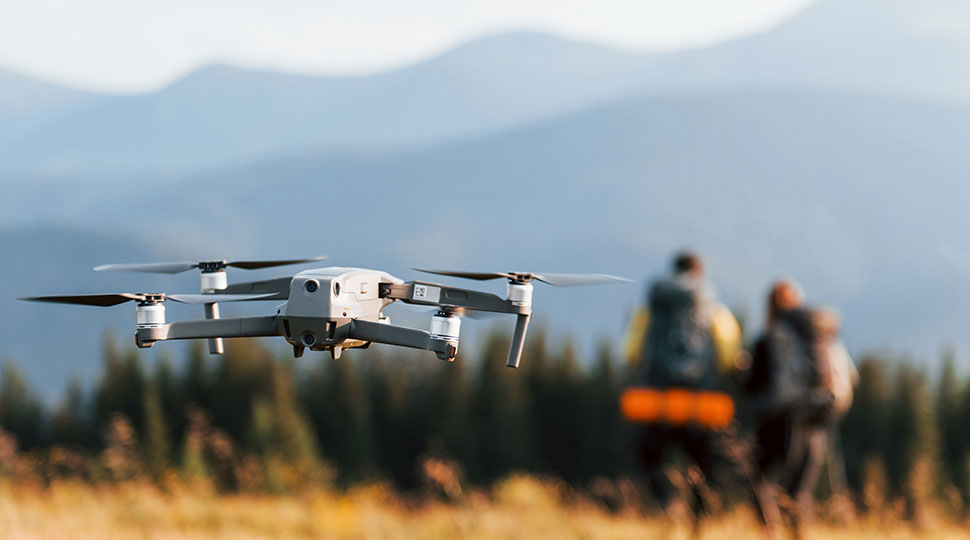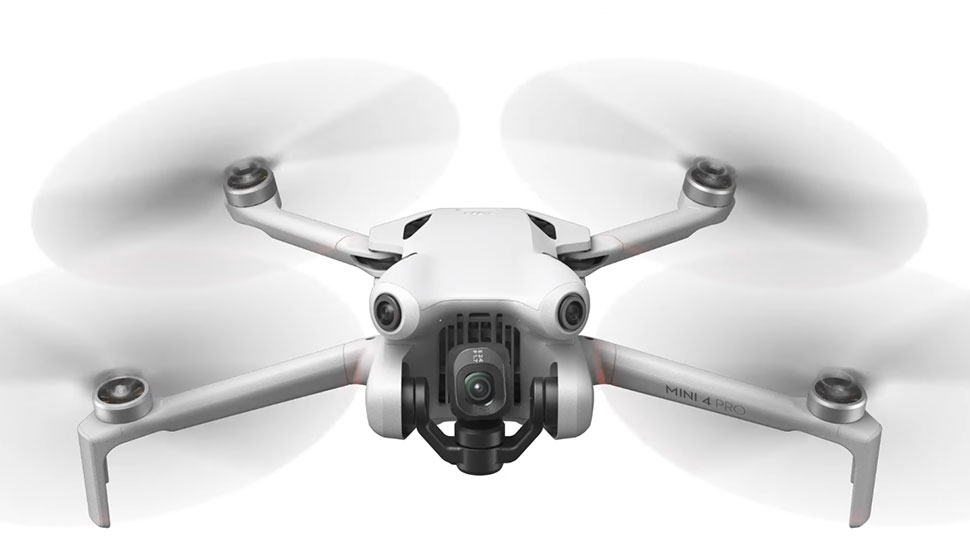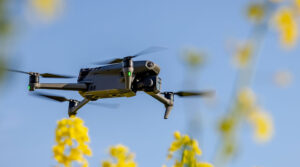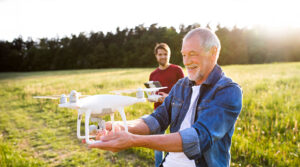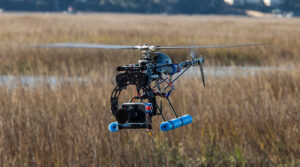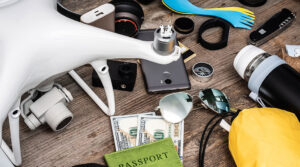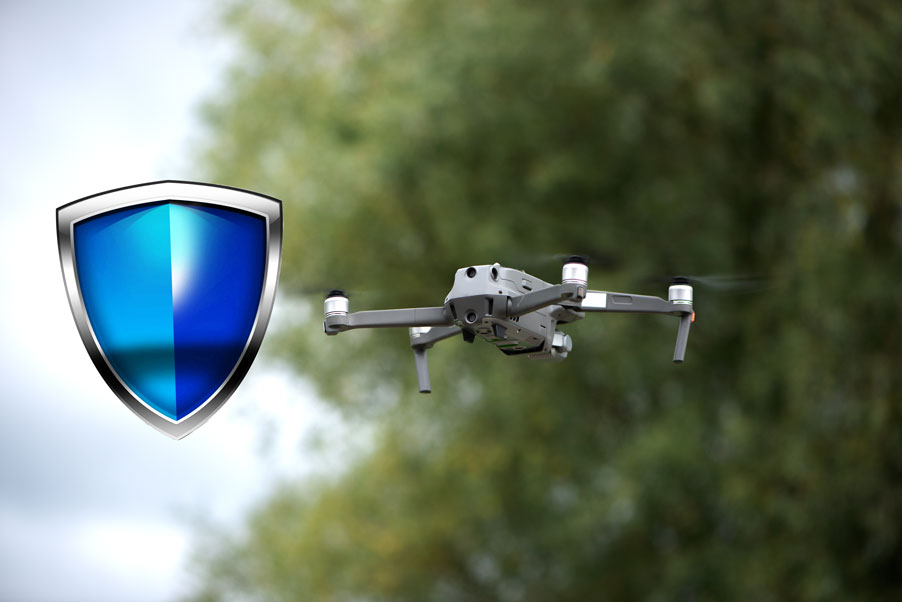
Drone technology has revolutionized various industries, ranging from aerial photography and agriculture to search and rescue operations. However, with the increasing adoption of drones, there is a growing potential for drone security risks and drone hacking that users must be aware of.
Discover how to secure your drone by using physical security measures and implementing cybersecurity measures to prevent hacking attempts, ensuring the safety of your drone.
Get the latest articles in your inbox fresh and ready to read …
Get the New To Drones "All Access Pass"
All Access Pass members enjoy unlimited access to entire articles – 100% FREE
By signing up you agree to our Terms of Service and Privacy Policy. You also agree to receive our newsletters (you can easily and quickly opt-out at any time).
You will receive free access to all of our articles while you are a member of the site.
Physical Security Measures for Securing Your Drone
To safeguard your drone from physical threats such as theft or tampering, it is crucial to implement proper security measures. Here are some tips on how to secure your drone when it is not in use:
Utilizing a lock or other physical deterrents to prevent theft or tampering
Invest in a high-quality lock or other deterrents for your drone, such as a secure case or a drone docking station. These will help protect your drone from unauthorized access when you are not around.
Storing the drone in an environment that limits access by unauthorized persons
Ensure that your drone is stored in a safe and secure location, preferably locked away when not in use. This will minimize the chances of theft or tampering by unauthorized individuals.
Implementing safety protocols when operating the drone outdoors
When flying your drone outdoors, it is essential to follow certain safety protocols to avoid accidents and maintain control over your drone. These include:
a. Monitoring the airspace for any unauthorized aircraft activity
Stay informed about any restrictions or potential hazards in your area that could impact your drone’s operation, such as temporary flight restrictions, no-fly zones, and other drone activity.
b. Keeping the drone within visual line-of-sight at all times during operation
By maintaining a direct line of sight with your drone, you can better monitor its movements and react quickly to any potential threats or obstacles.
c. Taking necessary steps to avoid collisions with other aircraft, people, and objects
Ensure that you are aware of your surroundings at all times when flying your drone, and take necessary precautions to avoid collisions. This includes giving way to manned aircraft, maintaining a safe distance from people and property, and being prepared to land your drone quickly if needed.
Cybersecurity Measures for Securing Your Drone
In addition to physical security measures, protecting your drone from hacking attempts and other cybersecurity threats is crucial. Here are some tips for securing your drone from a digital standpoint:
Installing anti-virus software on your device that controls your drone
Ensure that the device you use to control your drone, such as a smartphone or tablet, has up-to-date anti-virus software installed. This will help protect your device from malware and other threats that could compromise your drone’s security.
Establishing strong passwords and two-factor authentication measures
Create strong, unique passwords for your drone’s control system and any related accounts, and enable two-factor authentication when possible. This will help protect your drone from unauthorized access and make it more difficult for hackers to gain control.
Using encryption technology whenever possible
Encrypting the data transmitted between your drone and control device can help protect sensitive information from being intercepted by hackers. Look for drones that utilize encryption technology, and consider implementing additional encryption measures, such as using a VPN when operating your drone.
Avoiding connecting to public Wi-Fi networks while using the drone
Public Wi-Fi networks are often less secure than private ones and can be more susceptible to hacking attempts. To protect your drone’s security, avoid connecting to public Wi-Fi networks when operating your drone.
Cleared for Takeoff
Securing your drone is essential to prevent hacking attempts and ensure the safety of your investment. By implementing both physical security measures and cybersecurity measures, you can better protect your drone from theft, tampering, and unauthorized access.
Additionally, staying informed about drone safety regulations and best practices will further aid in maintaining the security of your drone. For more information and resources related to drone security, consult the websites of reputable drone manufacturers, industry associations, and government agencies.

